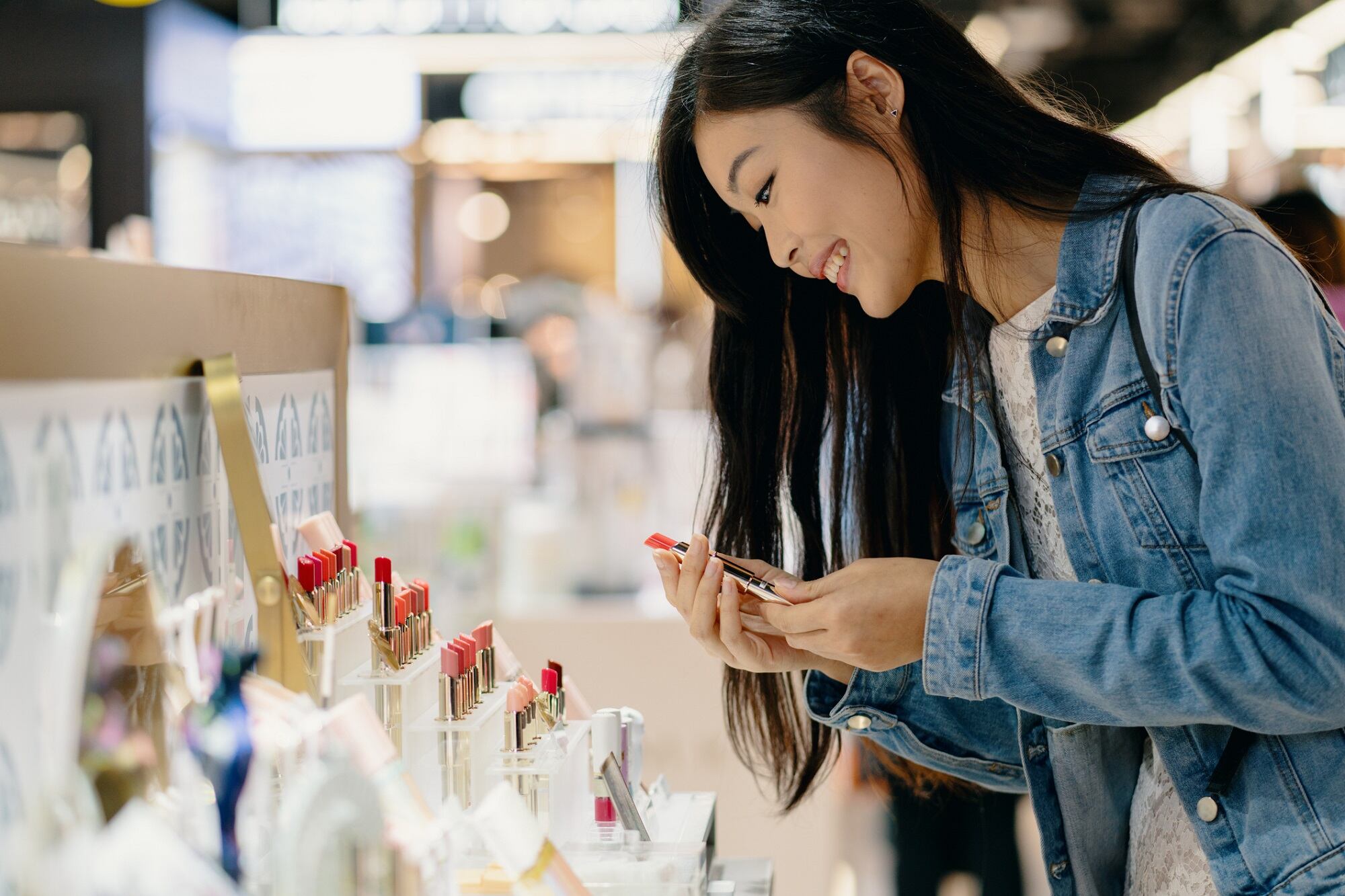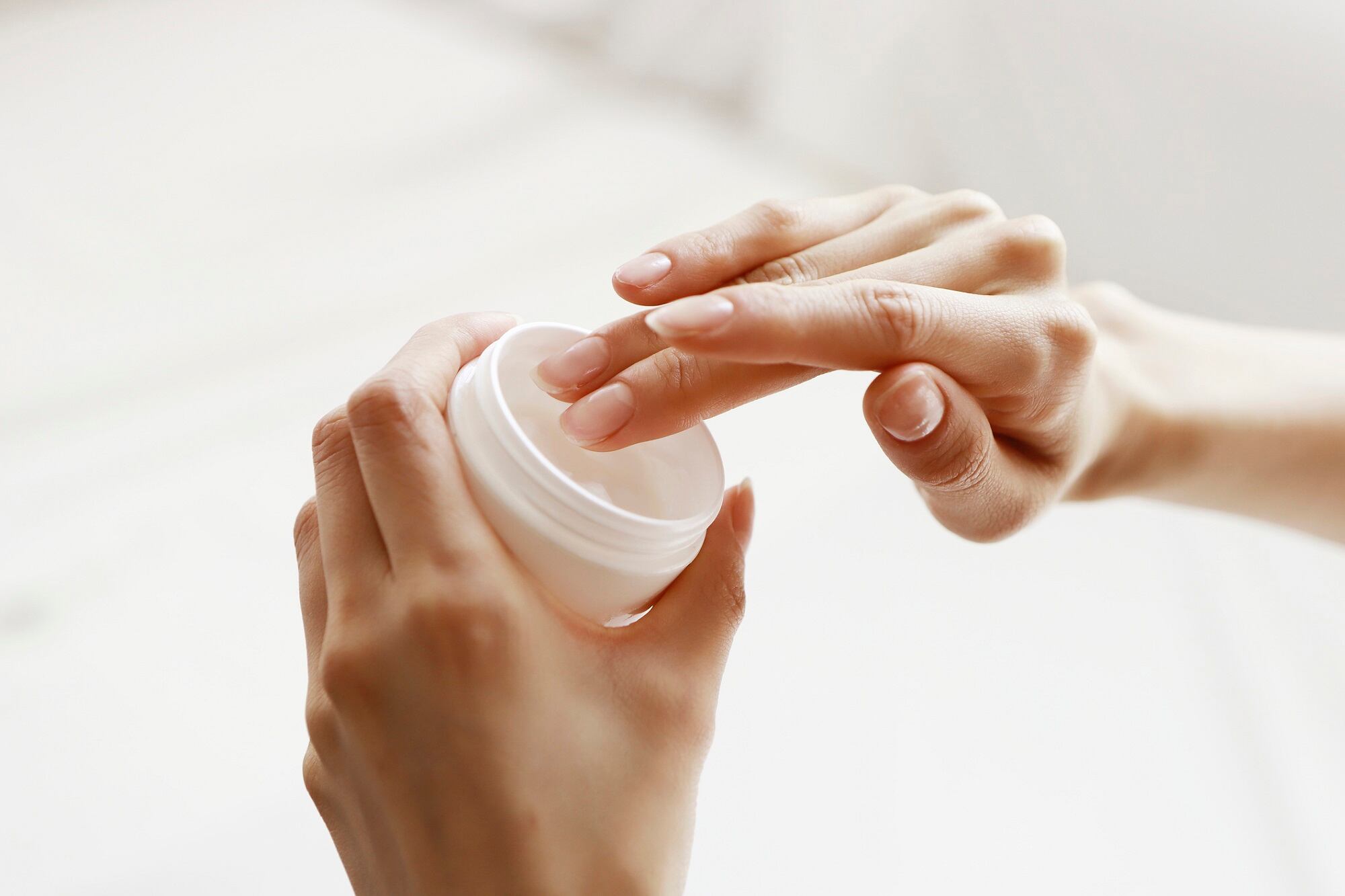Consumer intelligence company NIQ has released its "State of the AAPI Beauty Consumer Report," providing a detailed breakdown and insights into this consumer demographic's purchasing power and shopping habits. As noted in the report, "17.8MM Asian adults live in the US (the population has nearly doubled since 2000," and "$85,800 is the median income for Asian Americans, compared to $61,800 for total Americans."
Therefore, "the Asian American population remains a dynamic group of consumers with the ability to create major market shifts," Kymberly Graham, VP of Global Thought Leadership at NIQ, told CosmeticsDesign. "Their values, preferences, and tastes heavily influence trends and, due to their high engagement with broad categories, the growth potential is exponential," she continued. As a result, "many possibilities exist when brands prioritize the needs of Asian American consumers who are pioneering marketplace forces."
Here are our key takeaways from the report.
High spending and engagement of Asian American beauty consumers
The NIQ report first noted that "Asian American consumers are valuable beauty and personal care consumers", adding that "AANHPI consumers are also highly engaged consumers of beauty." Asian American consumers, who represent 6% of beauty and personal care buyers, spend 18% more dollars per buyer and $4.63 more per trip than the average US beauty consumer, the report stated, for a total of $958.07 per buyer and $22.10 per trip on 43.4 trips per year.
The report continued that Asian Americans are also strong online beauty shoppers. Asian Americans have a reported $545 item buying rate for online beauty and personal care spending, which is $126 more than the total US buyer item buying rate. Asian American online beauty and personal care purchase frequency in the previous 12 months is also higher than the US total at 16.7 (+1.2 over total US).
The report then detailed that "AANHPI consumers appreciate both luxury and value when it comes to beauty, as they are more likely to shop the category in Club and Department stores". For example, at Club stores like Costco and Sam's Club, the Household penetration percentage HH%) for AAPI beauty consumers is 78.5% compared to 39.3% for total US beauty shoppers.
Similarly, Department store HH% penetration is 37.5% for AAPI consumers compared to 25.4% for total US beauty buyers. Therefore, the report concluded, "the AANHPI consumer is the consummate 'Omni' consumer, seeking beauty in the same channels both on and offline". For example, in-store HH% penetration for Asian American consumers for facial skin care is 77.8%, and online is 53.7% for the same category. Similarly, in-store HH% is 36.1% for fragrances, and online is 23% for the same category.
Specifically, regarding skin care and fragrance, the report outlined these categories as "prominent components of the AANHPI consumer's beauty repertoire," and "when buying skin care, in addition to seeking luxury brands, the AANHPI consumer is also a disproportionate spender on mass and Asian-founded brands." Further, "Fragrance provides additional runway for growth among this consumer as engagement levels are high but untapped penetration opportunities remain," the report mentioned.
Within the skin care segment, "AANHPI consumers outpace total US consumers in all Face segments, but most heavily in moisturizers," said the report. The Asian American consumer buy rate for moisturizers is $147.07, a difference of +$53.51 versus the US consumer total. Other segments with higher-than-average buy rates for Asian American consumers include skin appliances, with an AAPI consumer buy rate of $74.00, a +$30.44 difference over the total US consumer, as well as treatments, with an AAPI consumer buy rate of $57.13, a +$17.22 difference over the total US consumer.
Overall insights
The "State of the AAPI Beauty Consumer Report" highlights the substantial influence and unique characteristics of Asian American consumers in the beauty and personal care industry. With higher spending rates and frequent online and in-store engagement, AANHPI consumers are pivotal in shaping market trends.
Therefore, their preference for a mix of luxury and mass-market products, along with their omnichannel shopping habits, presents a significant opportunity for brands to tap into this dynamic and growing demographic. Prioritizing the needs of Asian American consumers can thus lead to considerable market advancements and long-term growth for brands willing to adapt and cater to this influential group.



